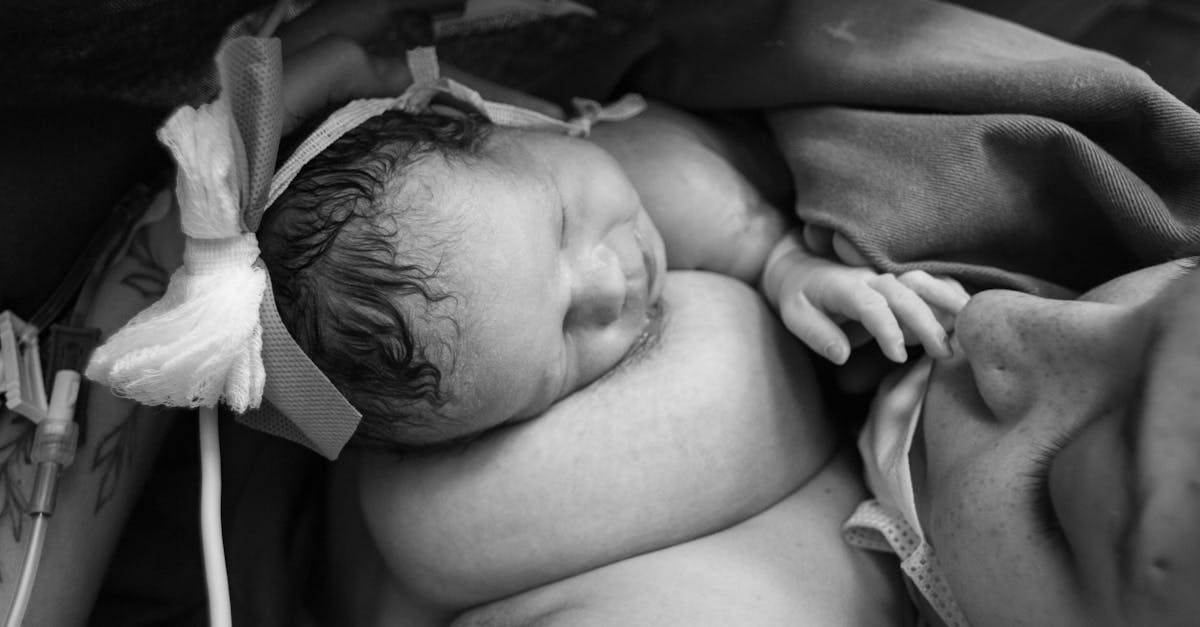
Understanding Postpartum Back Pain: Causes and Anatomy
Postpartum back pain is a common complaint among new mothers, often overlooked or dismissed as a normal part of recovery. However, understanding the underlying causes can empower you to find effective relief without turning to surgery. This pain typically arises due to the strain placed on your back during pregnancy and childbirth, involving muscles, ligaments, and sometimes nerve compression such as nerve root compression.
During pregnancy, hormonal changes cause ligaments to relax, joints to loosen, and your center of gravity to shift. These changes may persist postpartum, putting stress on the spine and supporting muscles. In rare cases, compression of nerve roots can cause sharp or radiating pain. Recognizing the anatomy helps debunk myths that surgery is the only solution for persistent postpartum back pain.
Symptoms and Risk Factors
Postpartum back pain symptoms vary from dull aches to sharp discomfort in the lower back, sometimes spreading down the legs. Key symptoms include stiffness, reduced mobility, and occasional numbness or tingling if nerves are involved. Risk factors increasing the likelihood of postpartum back pain include:
- Previous history of back pain or injury
- Excessive physical strain during or after delivery
- Improper lifting and postural habits
- Carrying and nursing the baby without adequate support
If you experience severe symptoms such as sudden numbness, weakness, or loss of bladder control, seek immediate medical attention as these may indicate serious nerve issues.
At-Home Relief Strategies
Effective management of postpartum back pain often starts at home with smart, gentle care:
- Activity modification: Avoid prolonged standing or sitting; take frequent breaks to change positions.
- Heat and ice therapy: Use warm compresses to relax stiff muscles or ice packs to reduce inflammation.
- Gentle mobility: Engage in light walking and simple back stretches for pain relief to maintain flexibility.
Incorporating these habits can speed up recovery and reduce discomfort without invasive interventions.
Evidence-Informed Exercises to Ease Pain
Certain exercises can strengthen and stabilize your back to provide long-term relief from postpartum discomfort. Recommended movements include:
- Chin tucks: Help correct neck and upper back posture, relieving strain.
- Thoracic extensions: Open up the mid-back to improve alignment.
- McKenzie-style exercises: Focus on centralizing pain and improving spinal mobility.
- Core stabilization exercises: Strengthen abdominal muscles that support the lumbar spine.
Always perform these with proper guidance, and consider consulting a physical therapist especially if your pain worsens.
Posture and Ergonomics: Setting Up for Success
Good posture and ergonomic habits are crucial during postpartum recovery. Optimize your desk setup and baby care routines by:
- Using chairs with good lumbar support or adding cushions.
- Keeping the baby at waist level when feeding or changing to minimize bending.
- Practicing safe lifting mechanics: bend your knees, keep the back straight, and hold objects close to your body.
Small adjustments can significantly lower the strain on your back muscles and joints.
Professional Treatments and When to Seek Care
If postpartum back pain persists despite conservative measures, professional intervention may be required. Physical therapy and chiropractic care can provide targeted treatment to relieve pain and restore function. Imaging studies or minimally invasive options are rarely needed but may be considered if there’s suspicion of nerve root compression or other underlying conditions.
Watch for red flags such as increasing pain, weakness, numbness, loss of bladder or bowel control, fever, or history of trauma. When these symptoms appear, seek prompt medical evaluation.
Lifestyle and Prevention Tips
Maintaining spinal health postpartum extends beyond short-term fixes. Consider these long-term strategies:
- Choose a supportive sleep surface to maintain spinal alignment.
- Incorporate gentle walking programs to enhance circulation and mobility.
- Manage stress through breathing exercises, mindfulness, or yoga, known to reduce muscle tension.
Addressing lifestyle factors holistically supports sustained back comfort and overall well-being.
Conclusion
Postpartum back pain is a manageable condition that often improves without surgery. Understanding the causes, recognizing symptoms, applying at-home relief techniques, and maintaining healthy habits are your best tools. For persistent or severe pain, professional evaluation ensures appropriate care. Explore our other resources on yoga for foraminal stenosis and bulging disc conditions to broaden your knowledge and recovery options.
Medical disclaimer: This article is for informational purposes only and is not a substitute for professional medical advice.
Frequently Asked Questions
What causes postpartum back pain?
Postpartum back pain mainly results from physical changes during pregnancy such as ligament relaxation, postural shifts, and muscle strain. Carrying and breastfeeding the baby can also contribute to back discomfort.
Can nerve root compression occur after childbirth?
Yes, although less common, nerve root compression can happen postpartum due to swelling, spinal misalignment, or disc issues. It may cause radiating pain, numbness, or weakness.
Are exercises safe for postpartum back pain?
Gentle, targeted exercises like chin tucks and core stabilization are generally safe and helpful. However, it is important to start slowly and consult a healthcare provider if unsure.
When should I see a doctor for postpartum back pain?
If you experience severe pain, numbness, weakness, loss of bladder or bowel control, or if pain does not improve with home care, seek prompt medical attention.
What lifestyle changes help prevent postpartum back pain?
Maintaining good posture, using ergonomic setups, staying active with walking, and managing stress are key strategies to prevent and reduce postpartum back pain.